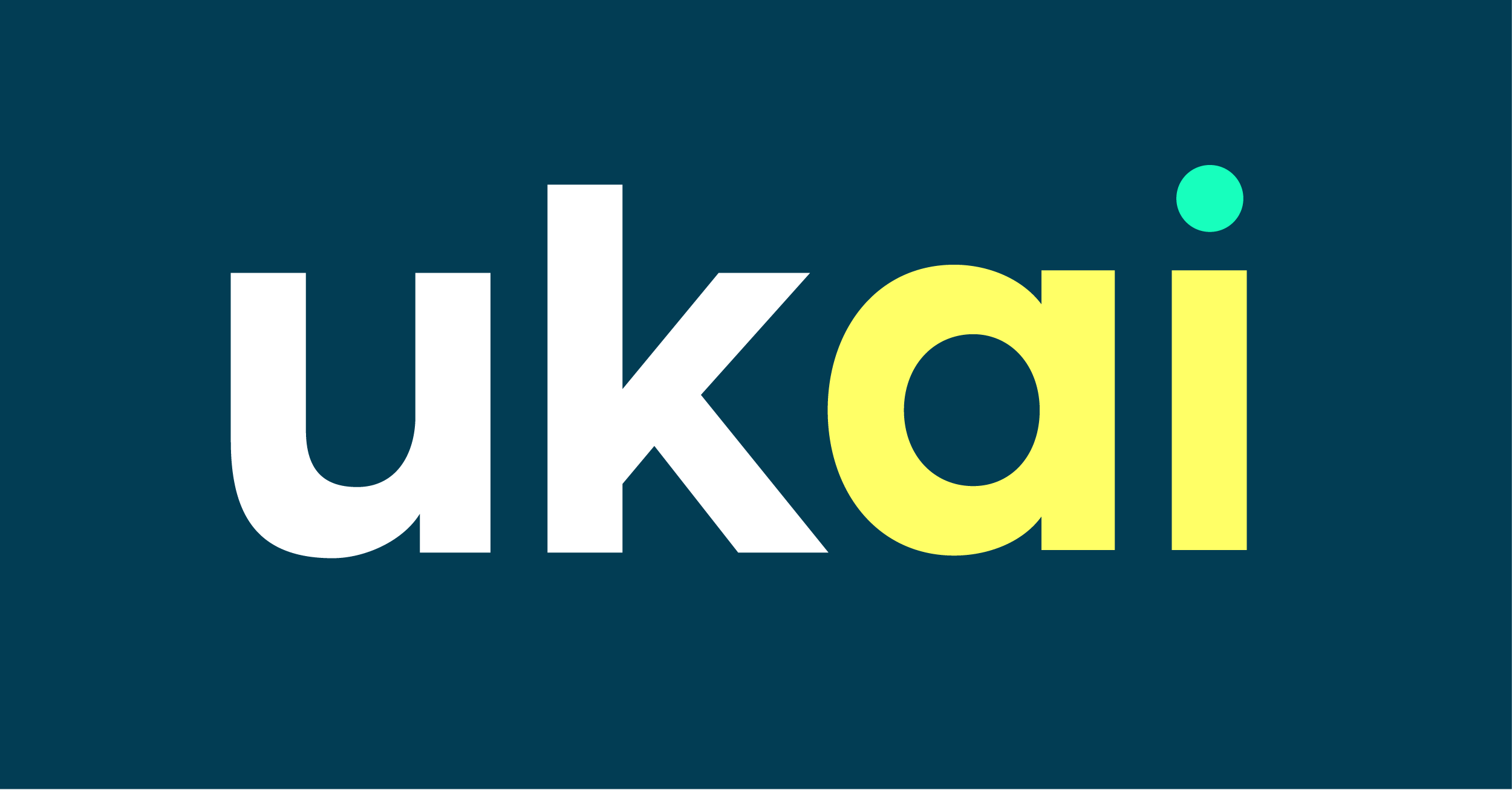EU AI Act Puts HR Tech Under Scrutiny - Here’s What Employers Need to Know
The AI Act, which introduces the world’s first comprehensive regulatory framework for artificial intelligence, uses a risk-based approach to classify AI systems. For HR departments, the key concern lies in Annex III(4), which explicitly designates as high-risk any AI used for recruitment, selection, promotion, termination, or employee monitoring. Systems that automate CV screening, psychometric scoring, or performance dashboards used in decision-making are all included.
High-risk classification requires organisations to meet strict standards on data governance, transparency, human oversight and risk management. Fines for non-compliance can reach €15 million or 3% of global turnover.
By contrast, AI tools that serve purely administrative purposes—such as payroll, attendance recording, or general HR analytics—are not classed as high-risk, provided they don’t directly influence employment decisions. The distinction often depends on whether the AI materially shapes outcomes or simply supports human reviewers.
Organisations are urged to ask key questions: Does the AI tool decide or influence hiring or promotions? Does it profile or score individuals? Is its output reviewed meaningfully by humans? If the answer to any of these is yes, the system may well be high-risk—and therefore subject to the Act’s full regulatory burden.
The line between assistive and determinative use is often blurred. For example, AI-generated performance summaries or interview notes might sway decision-making, even if not explicitly designed to. Clear policies, staff training and robust documentation of AI usage and oversight will be essential to stay compliant.
Further guidance from the European Commission is expected in early 2026 to clarify grey areas—particularly around intention and functional use. In the meantime, employers are advised to adopt a cautious, transparent approach to HR automation, ensuring that tools enhance rather than replace human judgement.
The legislation also flags increased risk for vulnerable groups, particularly people with disabilities, when biometric or profiling systems are used. These applications will require careful scrutiny to avoid discriminatory outcomes and support inclusive employment practices.
For UK and European businesses, the evolving framework presents both challenge and opportunity. By adopting human-centred governance and clearly defined oversight, organisations can lead in deploying AI ethically—boosting efficiency without compromising rights. Responsible adoption of HR AI will be central to building trust and shaping the future of work.
Created by Amplify: AI-augmented, human-curated content.






